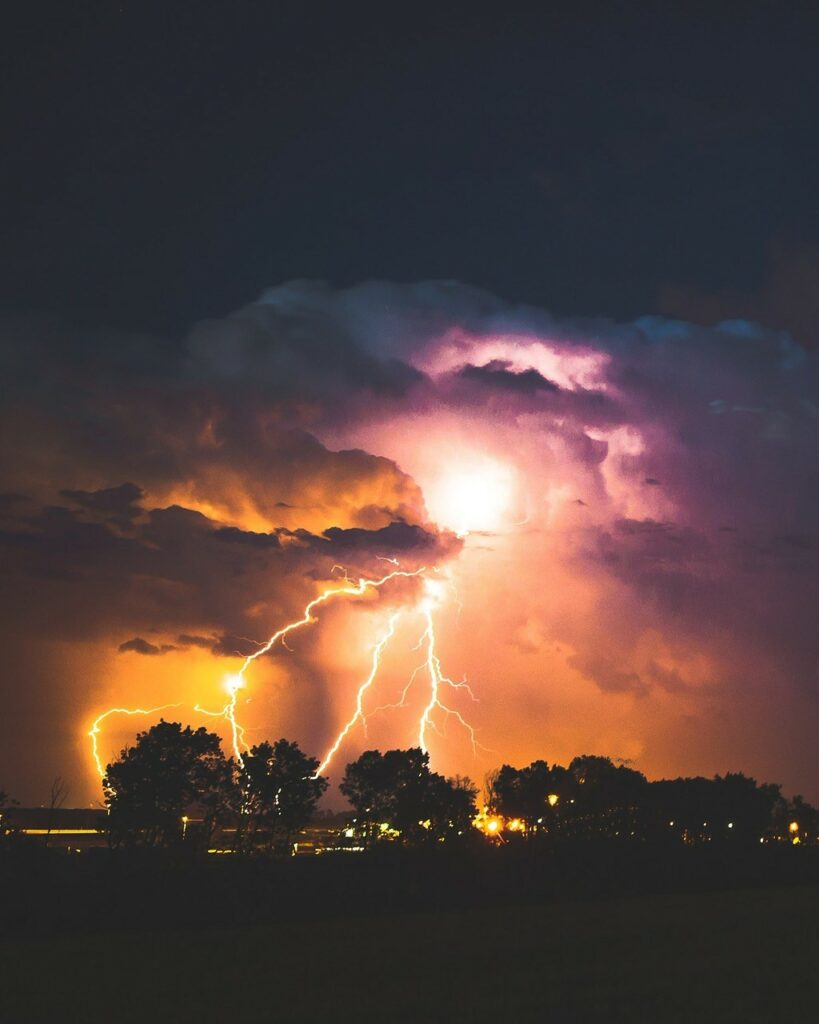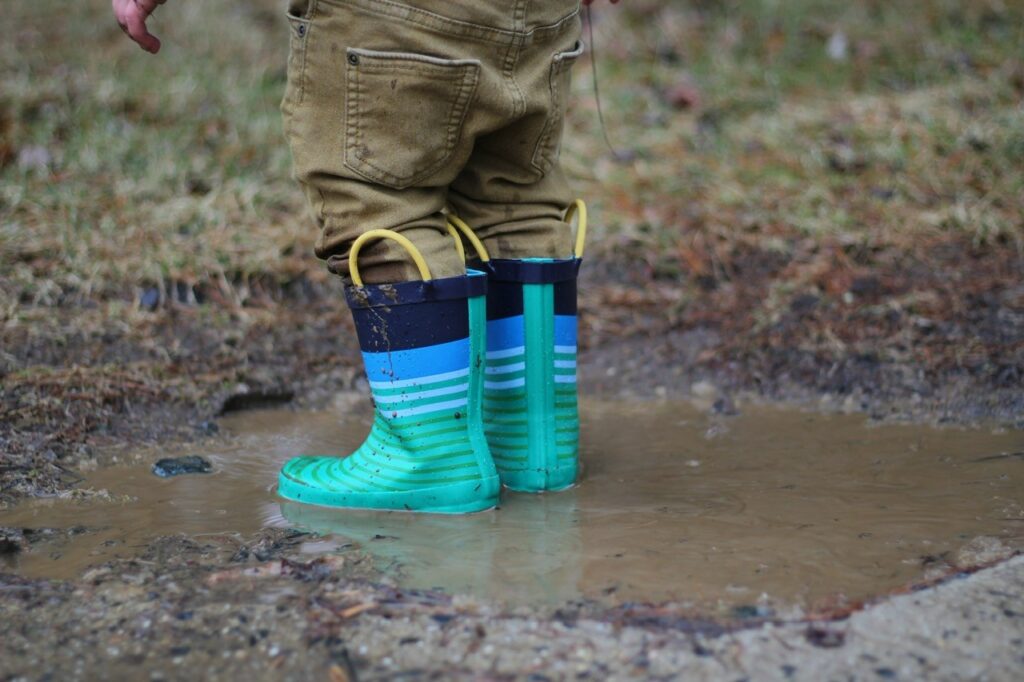
Over the past few years it seems that you hear about severe weather more and more. We are also seeing strong storms hitting in areas that we didn’t use to be concerned about when it comes to hurricanes and heavy rains. Torrential rainfalls and flash flooding are becoming problems in more and more areas. Because of this, more and more homeowners are beginning to consider whether or not they need flood insurance, whether they live in an area that is traditionally known as being prone to flooding or no
According to the Federal Emergency Management Agency (more commonly known as FEMA), floods can happen anywhere and its never safe to assume that if you live outside of a flood plain, that you can’t be the victim of flooding and the damage it can cause. As little as one inch of water can cause extensive damage to your home, and can cost a lot of money in repairs. If you aren’t sure whether or not you should consider purchasing flood insurance for your property, here are a few things to consider when you are making your decision.
Location
As you probably expected, your home’s location should is the biggest thing to consider when whether or not insurance would be a smart investment for your home. When people live along the coast or in a notoriously flood prone area, they know when they purchase their home that they will need to purchase a flood insurance policy. These policies are separate from a homeowners insurance policy, which means there will be an additional cost to owning your home. This is something that you should think about before you make an offer on a property in this type of area.
When you purchase a home in a flood prone area, many mortgage lenders will actually require that you also purchase a flood insurance policy. Federally regulated lenders such as the Federal Housing Administration (FHA loans), or the Veterans Administration (VA loans) in particular will likely be required flood insurance in certain locations. If you have already experienced a flood and have received federal disaster assistance, such as in the form of FEMA grants, you will almost always be required to purchase flood insurance in case of any future incidents.
What if Flood Insurance Isn’t Required in Your Area?
Just because you do not live along the coast or in a recognized flood plain, this does not mean that you should not consider flood insurance. Your lender may not require this policy if you purchase a house in an area with a low to moderate flood risk, but those areas could still fall victim to a flood event. You can check on your area’s flood risk by searching your address at FEMA’s Flood Map Service Center. Using this tool you can see how close your home is to the nearest flood zone, which may help you make a clearer decision about your risk.
Experts will warn you however, that even FEMA’s flood maps can be outdated, and changing weather patterns mean that areas that never flooded a few decades ago may be more more prone to the issue now. If you live in a low-lying area near even a small body of water, you should consider the value of getting flood insurance no matter what the map says.
Consider the Cost

The monthly cost of flood insurance premiums depend on a lot of factors, from your home’s location and flood risk designation, to seemingly unrelated factor such as the year it was built, its elevation, and how it’s constructed. If you live in a Special Flood Hazard Area, as denoted by FEMA, this means your area is at high risk for flooding, so your rates will be higher than someone living in an area that is designated as low risk. Another factor that will lead to an increase in premiums is your home’s age. Older homes cost more to insure in general, so they also cost more when it comes to flood insurance. This is because older homes cost more to repair, not matter what type of disaster befalls them.
Taking into account the differences from home to home, the average cost of a National Flood Insurance Program (NFIP) policy is around $700 a year. NFIP is by far the most common type of flood insurance policy, but there is also an emerging market of private flood insurance carriers. Sometimes these private policies are be cheaper than what you will find with NFIP, so it pay shop around when you are considering flood insurance for your home.
Know What is Covered and What is Not

The NFIP offers two types of policies, one which will cover your home, and another that covers personal belongings, which would be the contents of your home. You can choose to purchase both policies or just one, so you will need to decide what makes the most sense for your personal situation. A policy that covers only your home will include everything from the foundation,to important systems like electrical and plumbing. The policy for the contents of your home covers your personal property, such as furniture, artwork and electronics. One important thing to keep in mind is that flood insurance usually does not cover finished basements and their contents, so if you are concerned that your home may flood, it is wise to not store expensive items in your basement. In the event that you must relocate some of your belongings as the result of a flooding situation, most policies will pay for you to store items elsewhere for up to 45 days in order to protect expensive and important items from potential damage.
You will need to take note of the things that are typically not covered by flood insurance policies. This includes storm and flooding damage to the exterior features of your home, such as lawns, trees, fences. A fallen tree on your property will not be covered, nor will the removal of debris from your yard if a neighbor’s tree falls. The policy covering your home’s contents will not cover actual cash money that is ruined in a flood, or important documents like deeds and birth certificates. Additionally, you should understand that flood insurance is only meant to cover damage from weather related flood incidents. Your house may flood from a busted pipe or a water main break, and your flood insurance policy will not cover any of this damage.
Think About Weather Changes

If you have been following the latest trends in weather, you already know there has been an intensification in storms, rainfall and flood conditions across the United States, and even in the metro Atlanta area. This means that people who do not live in places that are traditionally considered flood plains are seeing flooding situations more and more. You might not have needed flood insurance when you purchased your home, but it is worth your time to do some research and reconsider based on current climate and weather trends. A recent study showed that almost 75% of Americans are now worried about potential flooding and storm damage to their homes, so as a whole we seem to be heeding this advice. The same study found that around 25% of us have experienced some level of storm damage, whether in the form of damage to our homes, or to cars or personal belongings.
Hurricanes are becoming stronger, and the season in which we see them is beginning earlier and lasting later into the year. The storms that they spark are often very strong even when they reach far inland areas like Atlanta. The heavy rains, strong winds and even tornadoes that come from these monster storms are causing damage that we rarely saw a few decades ago. This is leading to more destruction and damage, which is why flood insurance is becoming a major consideration in locations that were not popular markets for the product in prior years.
Where to Look for Flood Insurance
So you’ve given the matter a lot of thought and considered everything outlined above, and you think flood insurance may be the best decision for your home. Now what? No matter where you live, you are able to purchase flood insurance through the National Flood Insurance Program managed by FEMA. This program is open to residents of every state in the United States, and the policies are usually sold by private insurance companies that you may already be familiar with. So you have at least one guaranteed option for your flood insurance needs.
Additionally, more and more insurance companies are also writing their own policies that are not a part of the NFIP. This is great because it gives consumers the ability to shop around and compare their options and prices. You don’t need to worry about these private policies that are not affiliated with the NFIP, because private flood insurance is fully underwritten and backed by private insurers. You can usually purchase flood insurance as a standalone policy or it can be purchased as an add-on to your homeowner’s insurance. Some insurers also offer supplementary flood insurance policies, meant to add on to NFIP’s coverage. This may give you increased peace of mind as you will have higher coverage levels in the event of a flooding situation.
When Can You Purchase Flood Insurance
If you want to be fully covered in the event of a natural disaster, you shouldn’t wait until a storm is approaching to start shopping for flood insurance. Many insurance carriers enact binding restrictions as major weather approaches. You will need to have a policy paid for and in effect for at least 30 days before your coverage is valid. Read the fine print and ask the agent you are dealing with what the specific restrictions are for the policy you are considering purchasing, and begin your search well in advance of the severe weather season.

